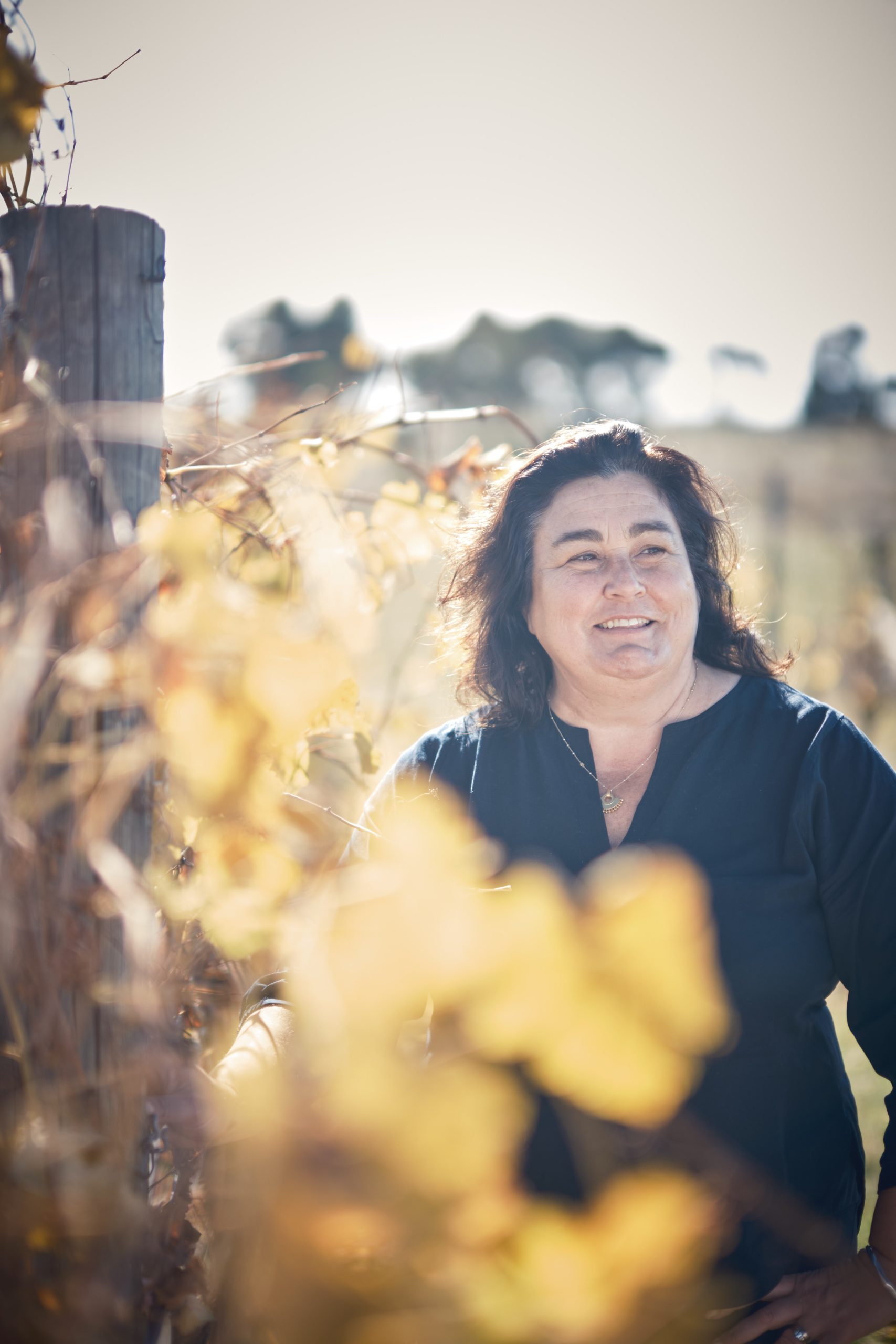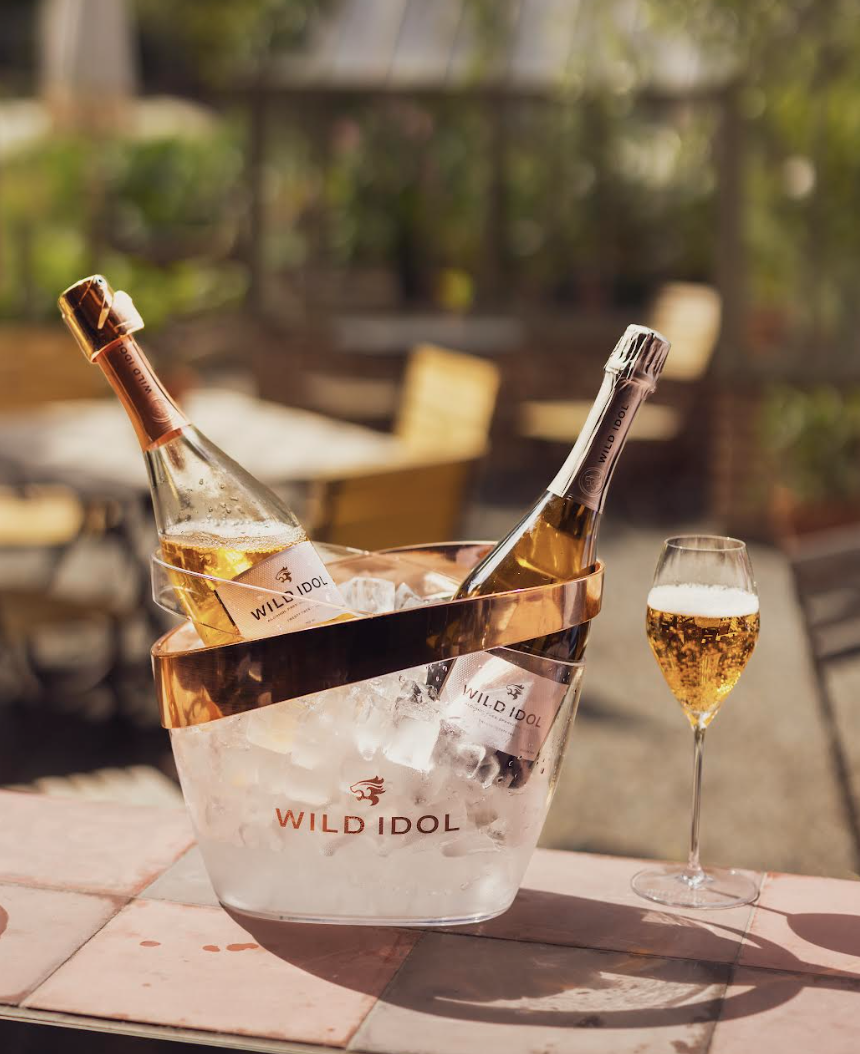Champagne Lanson revamps Le Green Bio-Organic with transparency in mind
Champagne Lanson has unveiled the new packaging for its permanent Le Green Bio-Organic range to progress its transparency approach with more informative labels.

The new packaging is part of an approach undertaken by the Champagne Maison over several years to create more informative labels and back labels specifying the blend, the dosage, the harvest, the reserve wines, the disgorgement date and the traceability of the bottles.
Lanson has now taken a new step with the redesign of Le Green Label Bio-Organic by highlighting the specific terroir from which the cuvée comes.
The Malmaison Estate, a 16-hectare pilot vineyard of the House, is the source of this expression. The vineyard is located in the heart of the Vallée de la Marne, and The Malmaison Estate is one of the largest biodynamically-farmed estates in Champagne.
Le Green Bio-Organic is made of a blend composed mainly of Pinot Noir (46%), with 36% Chardonnay and 18% Pinot Meunier. Champagne Lanson’s organic cuvée, part of its permanent collection, undergoes no malolactic fermentation, and has a low dosage, emphasising its fruit purity.
Partner Content
Hervé Dantan, Chef de Caves Lanson has said: “Le Green Bio-Organic expresses the quintessence of its terroir and biodynamic farming. A characterful, fruity yet mineral Champagne with an eloquent freshness.”
In 2018, Maison Lanson was one of the first Champagne Houses to offer an organic Champagne in its permanent range.
In April, Le Black Label Brut becomes ‘Le Black Creation’, followed by a number, which, for this year will be 257, because it will be the 257th blend since Lanson was founded in 1760, president of the house, François Van Aal, told db in Champagne last month.
Commenting that 2024 would then see Lanson launch Le Black Creation 258, he said that each new blend would be assigned a number, explaining that the aim is to “talk much more precisely to all the critics and sommeliers about what is in the blend each year.”
Related news
Ricky Gervais demands Barossa red on his tour rider




